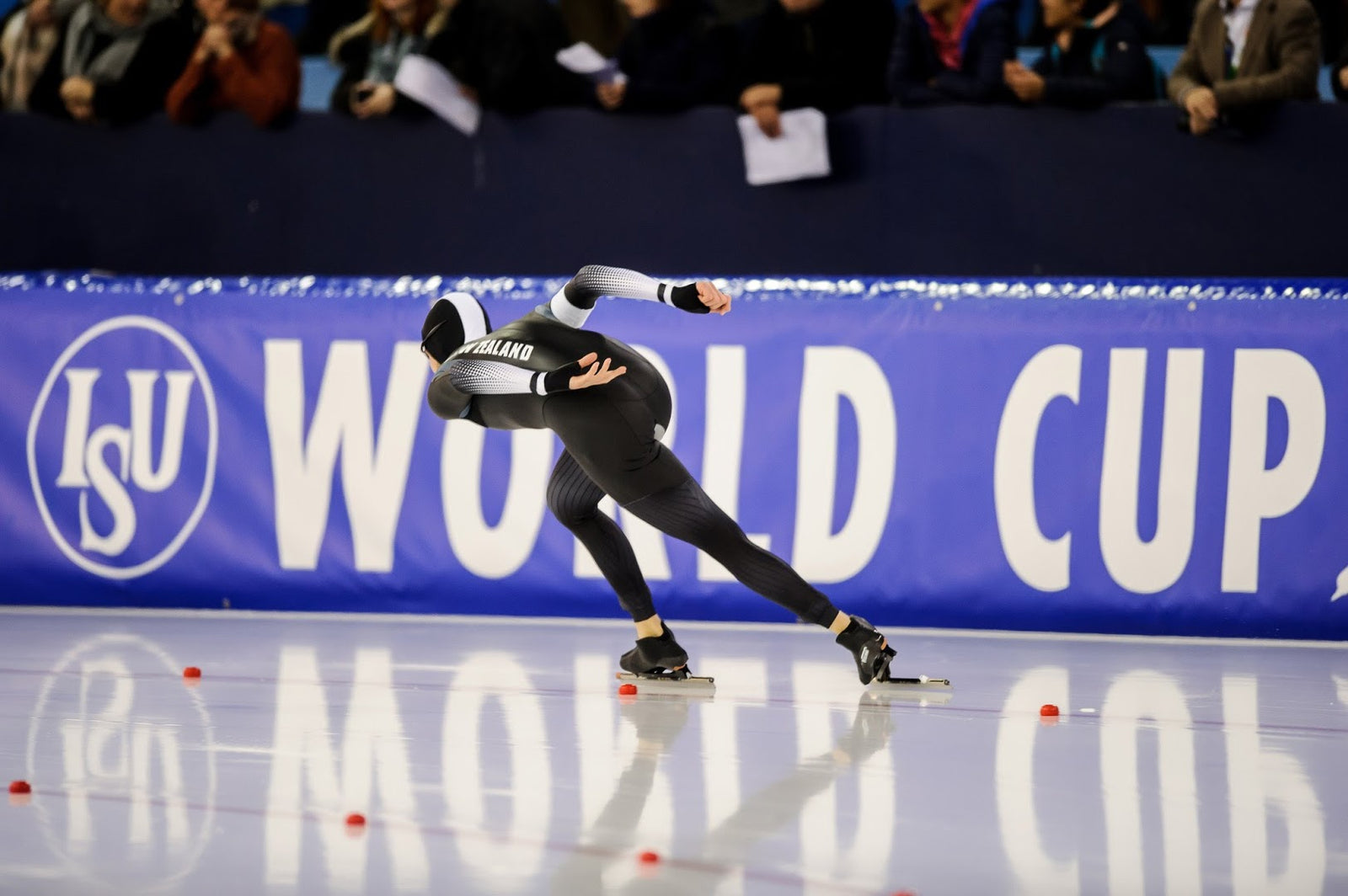Clap Skate Deformation By Diederik Hol

After obtaining his engineer's degree in Design Engineering from Delft University of Technology in the Netherlands, Diederik Hol became involved in a graduate project with Interraps - a Dutch producer of inline and ice skates - working on a planned improvement of the first (Viking) clapskate design with the aim of turning a 100-year-old patent into a product that could break ice speed skating world records. In 1995 he made the news with groundbreaking innovations that made regular use of the clapskate possible. He graduated having worked on the Rotrax skate, a complex clap skate conceived as a multiple-hinge frame aimed at controlling deformation and allowing for a more powerful push-off.
After spending time as a designer working on a wide variety of other projects, he was able to return to the niche skate design industry full-time in 1999 when approached by Sportsinline International BV to design an entire product line of inline skates for its Mogemabrand. With previous employer Interraps possessing the patent that basically covered all existing inline frames at the time, Hol was driven to come up with something completely new. After a year working on the project, Hol completed the Dual Box inline frame. Results on the product were to come 2 years later in 2001 with the worldwide inline racing success of elite skaters of the period such as Jorge Botero (Colombia), Arnaud Gicquel (France) and Kalon Dobbin (New Zealand) using Dual Box frames in World Inline Cup and World Inline Speed Skating Championship events.